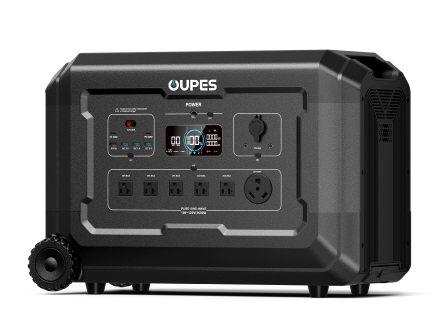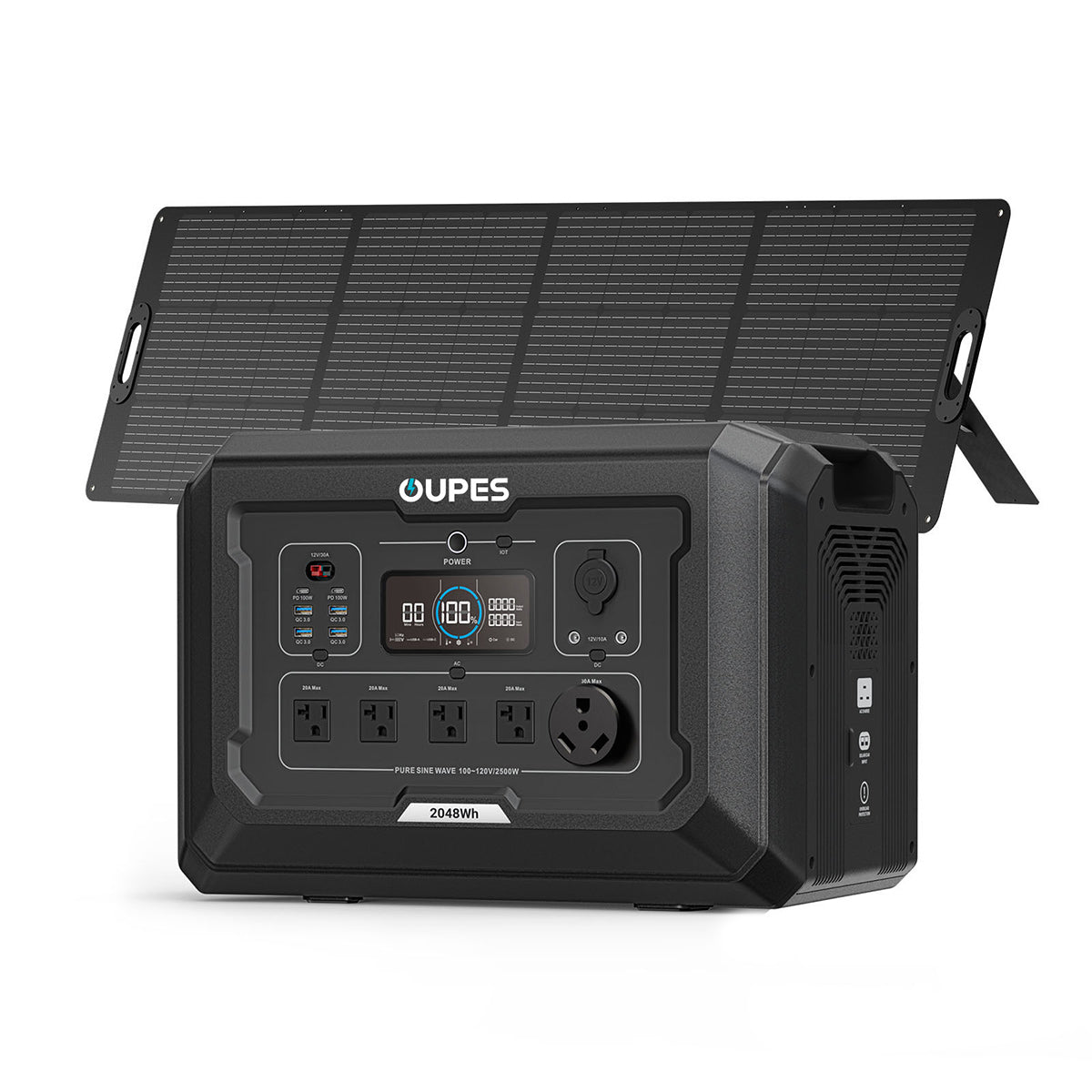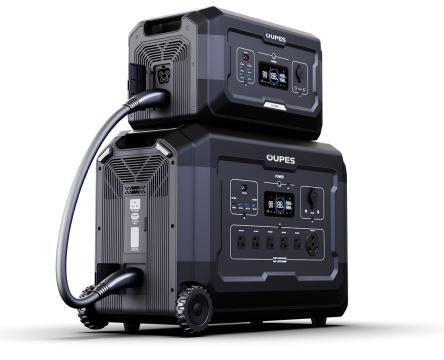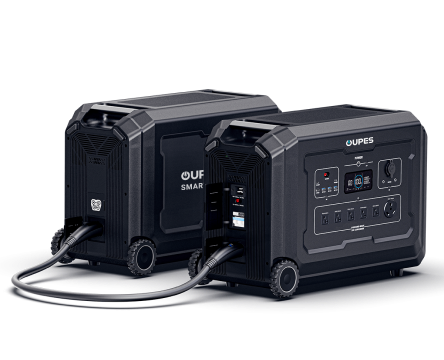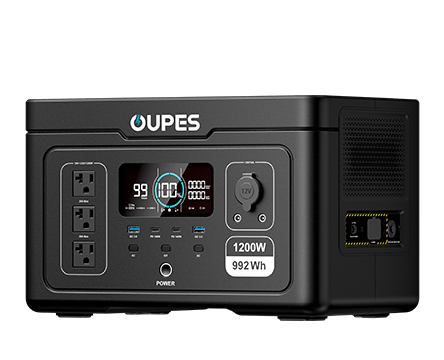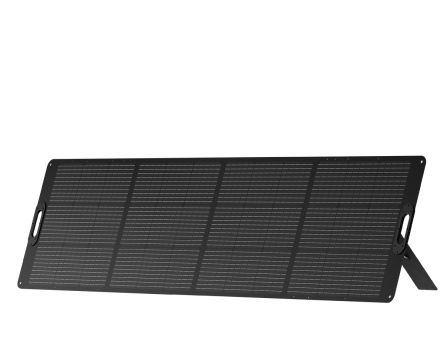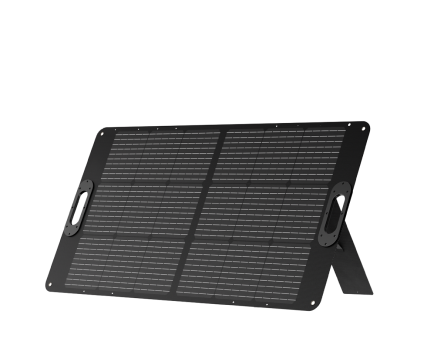
In an era where energy demands intertwine with mobility and sustainability, the portable power station emerges as a technological chameleon—adaptable, resilient, and indispensable. Far removed from the clunky, fuel-guzzling generators of yore, these sleek apparatuses harness cutting-edge engineering to deliver electricity where rigidity fails and flexibility thrives. But what precisely fuels their rising ubiquity? Let us unravel their multifaceted utility.
The Symphony of Silent Empowerment
Imagine a device that whispers where others roar—a quiet sentinel bridging chaos and continuity. Portable power stations thrive in scenarios where noise is anathema: midnight campgrounds, hushed emergency rooms, or creative studios demanding unbroken focus. Unlike their fossil-fueled counterparts, which speve cacophony alongside carbon, these stations hum with the grace of lithium-ion precision, converting stored energy into usable current through inverters that dance between DC and AC with seamless fluidity.
Emergency Resilience: When Grids Falter
Cataclysmic storms. Unforeseen blackouts. Infrastructure crumbling under nature’s whims. Here, the portable power station transcends convenience, morphing into a lifeline. Capable of sustaining medical devices, communication tools, and refrigeration units, it becomes an oasis in an energy desert. Models like those from OUPES integrate rapid solar recharging, ensuring that even when sunlight wanes, preparedness does not.
Nomadic Liberation: Beyond Four Walls
For the modern wanderer—whether scaling alpine ridges or navigating arid dunes—the portable power station is a kinetic companion. It breathes life into GPS devices, drones capturing ephemeral vistas, and espresso machines transforming rustic camps into caffeinated havens. Lightweight yet potent, these units defy their compact dimensions, offering USB ports, AC outlets, and even wireless charging pads—all while nestled in a backpack’s embrace.
The Alchemy of Energy Sovereignty
Beneath their unassuming exteriors lies a labyrinth of components: photovoltaic panels harvesting photons, charge controllers modulating currents, and batteries hoarding joules like digital dragons. This orchestration enables off-grid independence—a rebellion against utility monopolies. Remote researchers, van-lifers, and eco-conscious homesteaders leverage this autonomy, their lives punctuated not by power bills, but by the sun’s diurnal rhythm.
A Paradox of Power and Portability
Critics may scoff at capacity constraints, yet advancements mock such skepticism. High-end stations now rival traditional generators in watt-hour output, their modular designs allowing daisy-chained expansion. Imagine a 2000Wh behemoth, silent and emission-free, fueling a weekend film shoot or a pop-up clinic in disaster zones. The paradox? Its bulk belies agility; wheels and ergonomic handles transform mass into mobility.
The Ethical Calculus: Sustainability Meets Pragmatism
Choosing a portable power station is not merely transactional—it’s ideological. Each kilowatt-hour drawn from sunlight而非petroleum reshapes our carbon narrative. Yet pragmatism tempers idealism: battery degradation cycles, recharge durations under cloud-cloaked skies, and the initial fiscal outlay demand scrutiny. Here, brands like OUPES innovate, merging affordability with endurance, ensuring green choices don’t gild privation.
Ephemeral Dawns, Eternal Power
As twilight bleeds into night, the portable power station persists—a testament to human ingenuity. It powers lanterns illuminating children’s stories in refugee tents, charges laptops birthing revolutions in remote villages, and sustains CPAP machines where hospitals are myths. Its uses? As infinite as human need, as boundless as imagination’s reach.
In this dance of electrons and exigency, the portable power station is both partner and protagonist—a quiet revolution humming in the background of our electrified lives.


